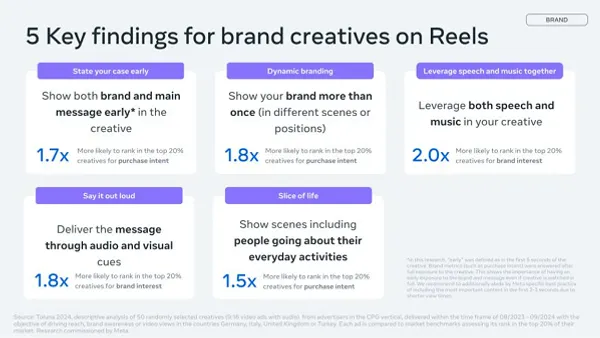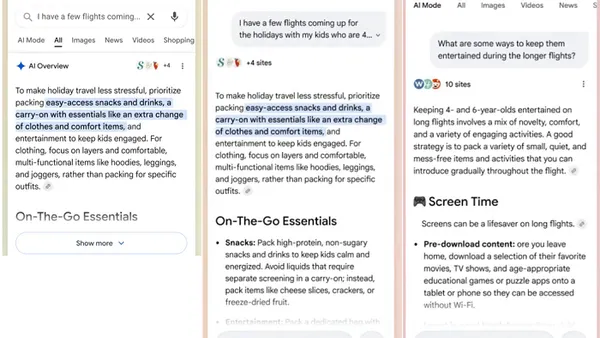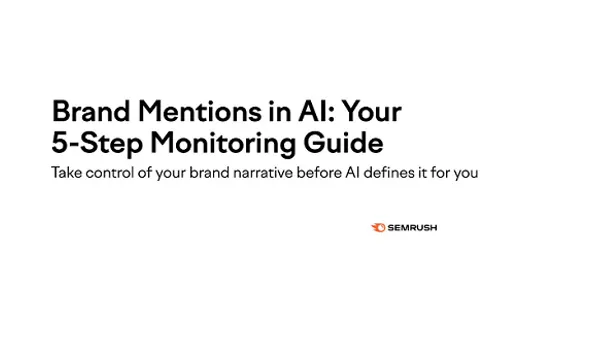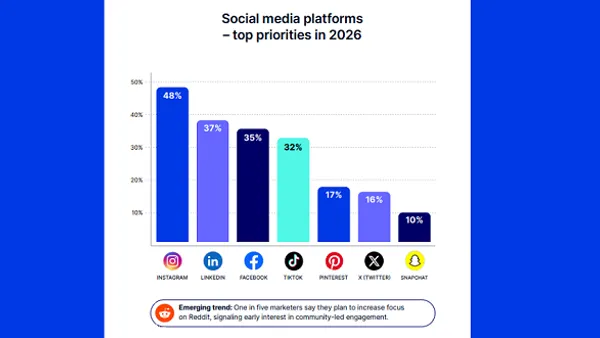
Social Media is everything you know and nothing about what you think or do in marketing. Sounds strange eh? It's true though.
Think about how you approach marketing campaigns today and the picture will become a bit clearer.
- You evaluate target demographics.
- Develop strategic messages.
- Conduct an audit or focus group.
- Revise messages and fine-tune the plan.
- Determine the broadcast mechanisms to push your content.
- Go live.
- Monitor the response.
- Evaluate the ROI.
- Repeat, enhanced by new information.
There's nothing wrong with this chain of events. It's what we were taught and it's worked over time. So, what happened?
We blinked.

Now, we're entering an entirely new paradigm for cultivating relationships with customers as well as the people who may one day become customers. At the moment, it's all anyone can talk about. There's certainly no shortage of Social Media "experts," yet there is a shortage of experts who can actually help us.
Click here to see what I'm talking about.
Is this about creativity? Is this about technology? Is this about Social Networks or Web 2.0?
Social Media is about facilitating interactions between people online. Just because we have the tools to engage, doesn't make it any easier to do this the right way.
Social media is about sociology and the understanding that with the new social tools available to us, we can more effectively observe the cultures of online communities and listen to and respond directly to people within the communities.
Sociology - The study of human social behavior, especially the study of the origins, organization, institutions, and development of human society.
We're learning to peel back the layers of our target demographics to see the people underneath. We're starting to figure out that we need to humanize our story. We're realizing that we would never speak to our friends and family through messages, so why should we speak "at" the very people we want to reach and befriend. We're opening our ears and our minds to acknowledge that we can no longer push our thoughts at people in order to earn resonance; we have to listen, talk, listen, assess, and contribute value.
This is how we find our real customers and those who influence them. We've all heard the mantras that the customer is always right and that the customer is boss. I think we can all agree that the customer is critical to our success and their emotions, experiences, state of mind and their resulting influence in their community are imperative to our survival.

Perhaps it's because Social Media is empowering everyone and everything that matters to us. Instead of top down communications and focusing on the influence and control of messages and perception, we're learning that those influential groups of people are now our peers and therefore require respect, honesty, and support in order for us to earn their trust - and hopefully their business and enthusiasm along the way.
This is Social Media, not socialism.
The customer comes first, and if we fuse sociology, social media, customer service, relationship marketing, experiential marketing, and traditional marketing, we're creating a new formula for outbound influence and fueling a new generation of brand ambassadors and loyalists.
Ever heard of a Skullcandy? Me neither, until I did. And now, I can't stop hearing about them.
How do you take on giants such as Sony, Bose, Philips, and Monster when you're the new kid on the block? You start by becoming a sociologist. Then you go to your customers directly and "go native" by ingratiating yourself into the online cultures where they communicate. You become the very people you want to reach. Whether they did this intentionally or not, it worked.
Click here to see what I'm talking about (roll over the banner at Transworld Skateboarding):
 |
 |
Everything they do is reflective of those they want to engage and embrace. From embeddable widgets with valuable content, downloadable music and custom artwork, and peer-to-peer street teams to blogs, communities, events, and social networks, all combined with traditional marketing. They make their customer the center of everything they do. And, they could do even more with the right social tools, proactive participation, and elevated outbound strategies, and voices, to reach them.
Let's listen in on the conversation about Skullcandy for a bit shall we?
Blogs
Their customers are their surrogate sales force.
We live in interesting times. We're currently enthralled in an immersive, confusing, and definitive transition in our "day job." The dynamics of marketing communications and advertising in the realm of traditional methods still works (believe it or not) with this emerging and important landscape requiring concurrent, if not greater attention with little metrics to support it.
Does this scale as is?
No way!
But...if you don't engage, your competition will. Intentionally pulling yourself from their radar screens is the beginning of the end.
So become a Social Media sociologist not a cultural voyeur and let's get to work.
Seriously.
Observe the online communities where your company and brands (or those of your competitors) are actively discussed and figure out how to participate in those conversations as if you were approaching someone in real life whom you greatly respect. Perhaps the most valuable piece of advice I can share is to pay attention to the culture of each community and how people communicate and interact with each other. This will reveal how best to embrace the opportunity and reach out to people though a through a new form of "un" marketing.
- Start by participating as a person, not as a marketer.
- Talk like a person, not as a sales person or message factory.
- Be helpful and bring value to the conversation.
During this entire process, you're contributing to the personality and the perception of the brand you represent.
It's the only way to earn their respect in return and hopefully their business, loyalty, and referrals as we continue to do what matters to earn their friendship.
This isn't the post for ROI, but I will ask, how do you evaluate the ROI of your best friends in real life?
You just trust that they find value in the relationship because they keep coming back. That's truly return on the investment of person to person and people to people relationship marketing.
In order to determine the amount of resources, time and money that are required, It all starts with good old fashioned research along with the new tools to help you get to the answers you seek (see below for a list to help you get started).
- Identify who your customers are and where they go for information.
- Search for key words: Products & Company as well as competitors and their products and services.
- And, please don't forget the relationships that exist in the real world. They're also indispensable for providing the feedback and insight you now now and later.
Based on the research results, you can measure the average frequency of relevant conversations, identify the more active hubs and communities, and the context of the conversations in order to determine time and variety of resources required (a community manager is required at the very least.
The number of average relevant conversations per day per communityHere are some places to start listening (note: different than publishing or participating):
Multiplied by the quantity of relevant communities
Multiplied by ~.20 (minutes required to research and respond and also monitor for
additional responses), variable +/- dependent on the case
Equals the amount of time required and in turn, the resources and associated costs required
Bookmarks
Ma.gnolia
Delicious
Diigo
StumbleUpon
Crowdsourced Content
Digg
Yahoo Buzz
Mixx
Conversations
Google Alerts
Blogpulse
Radian6
Ask.com
BuzzLogic
Google Blog Search
Blog Communities
Blogged.com
MyBlogLog
BlogCatalog
Micromedia
Tweetscan
Twemes
TwitterLocal
FriendFeed
Social Networks
MySpace
Bebo
Ning
Friendfeed
Customers
YahooGroups
GoogleGroups
GetSatisfaction
Relevant Discussions
Ladies and Gentlemen, the Conversation has Left the Blogosphere
The Value of Online Conversations
The Art of Listening and Engagement
Cultural Voyeurism and Social MediaThe Social Media Manifesto
Conversational Marketing
Connect with me on Twitter, Jaiku, LinkedIn, Pownce, Plaxo, FriendFeed, or Facebook.
blogger blog socialmedia social+media social media media+2.0 media2.0 2.0 pr2.0 pr+2.0 new+pr pr public+relations communications marcom advertising direct seo sem search marketing strategy expert guru seth+godin brian+solis relations community service customer
Link to original post











